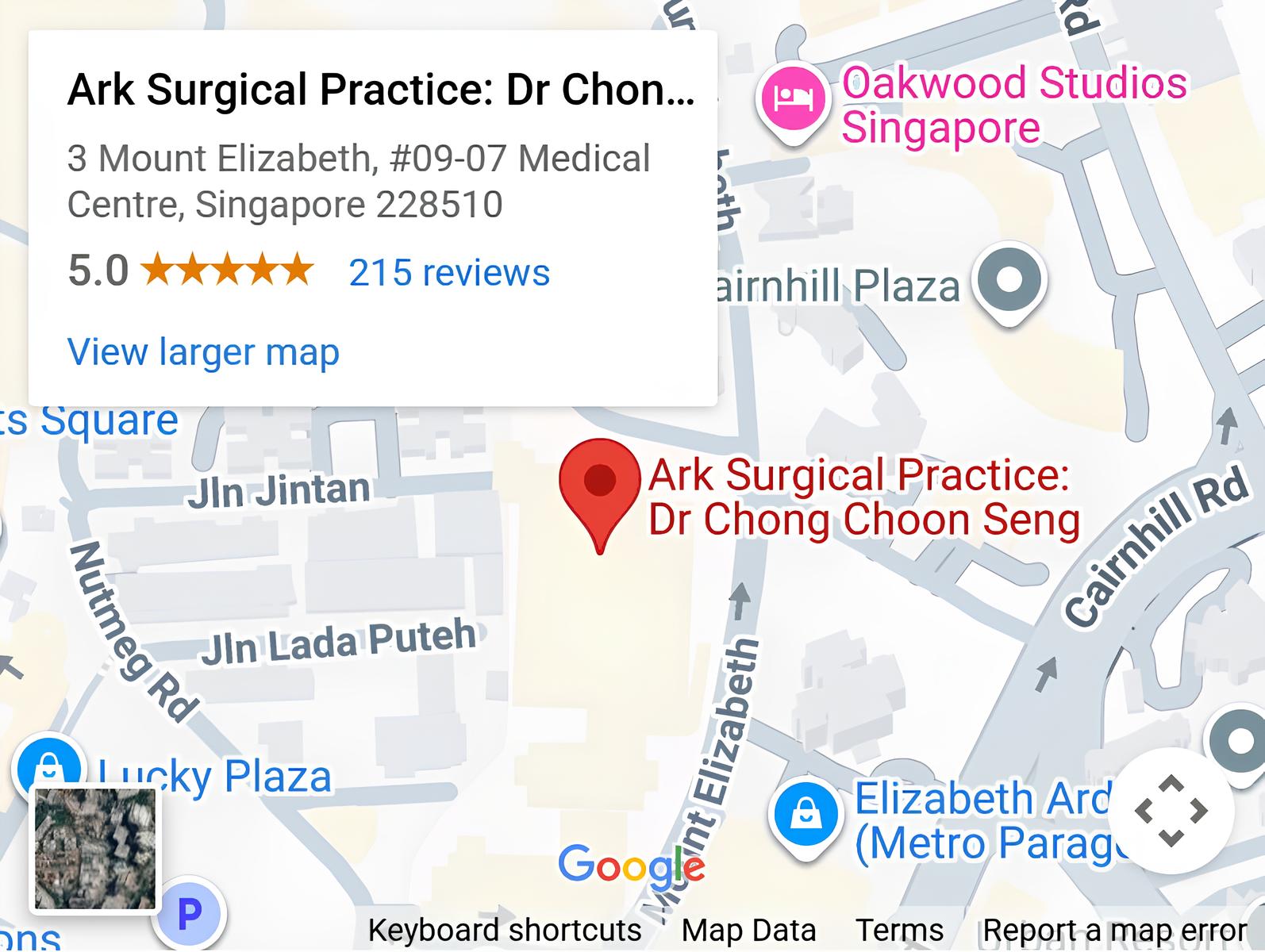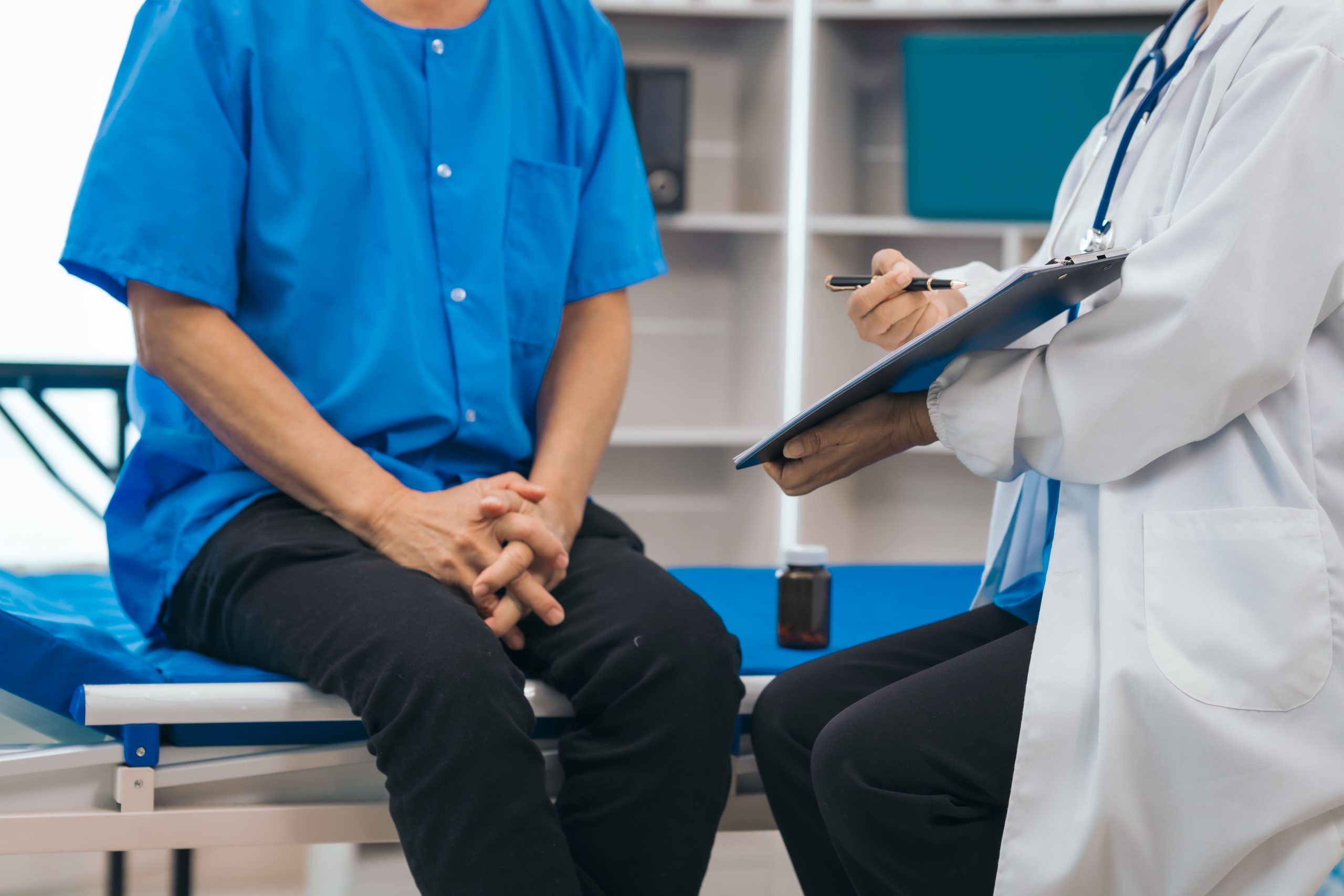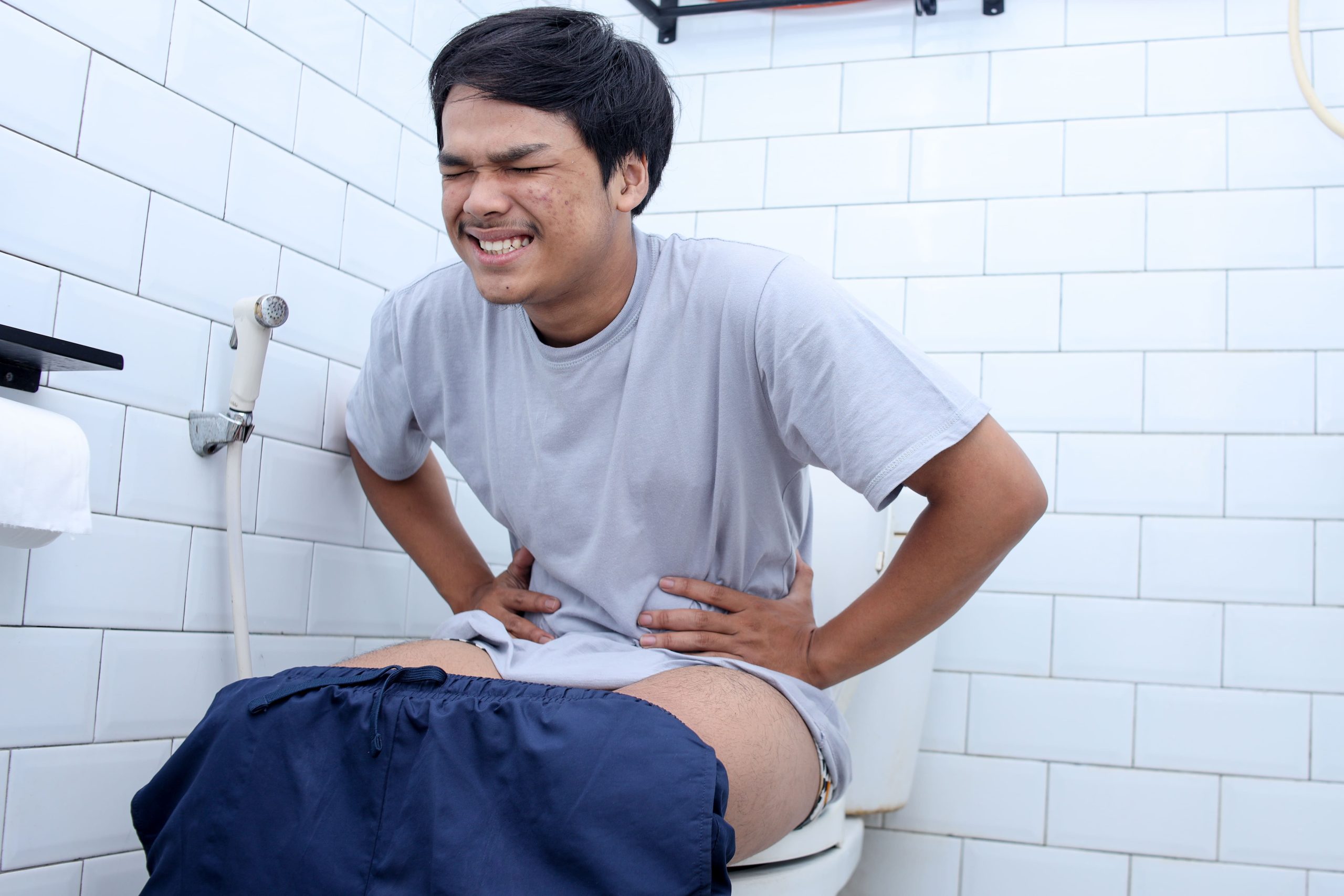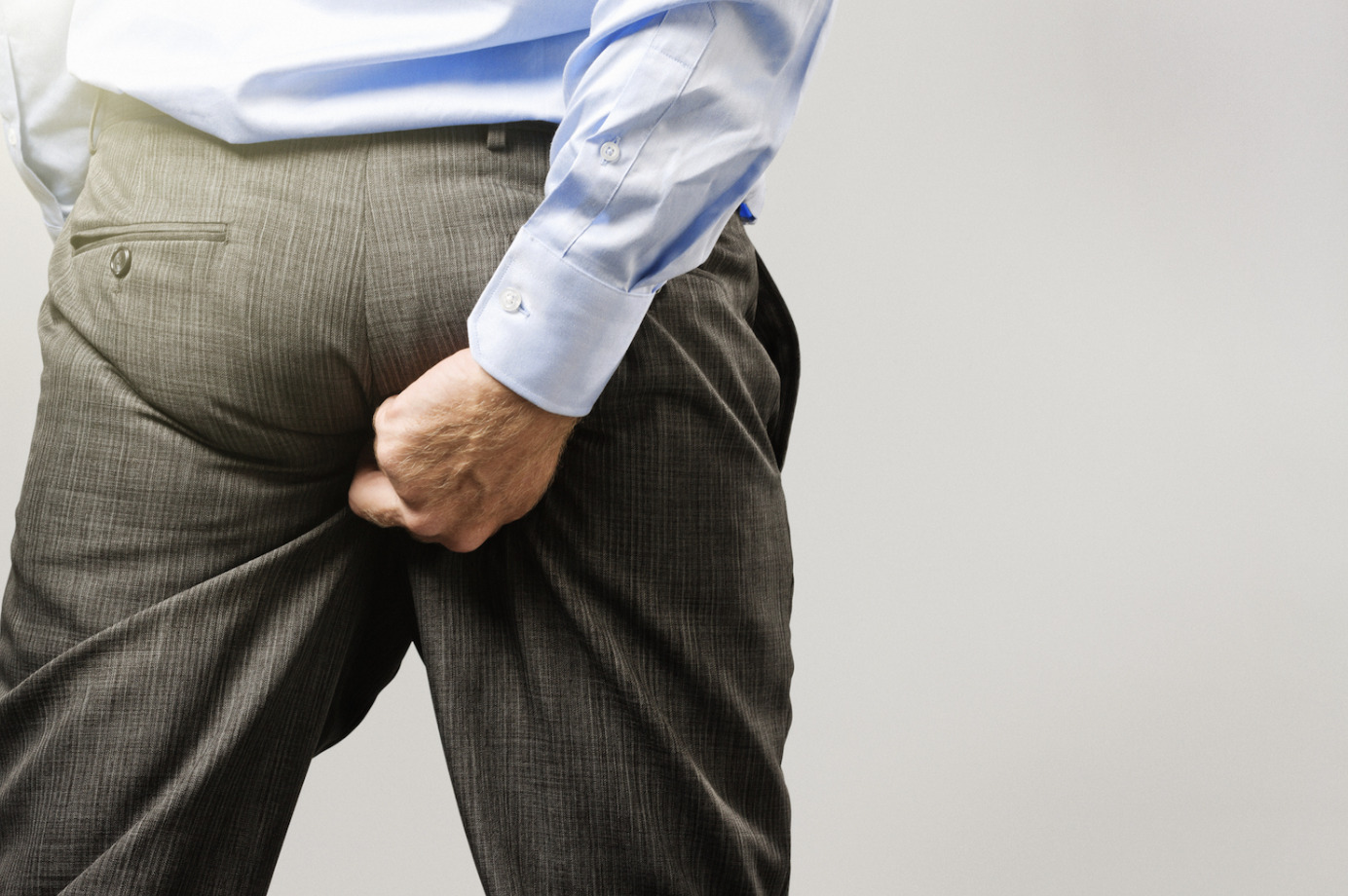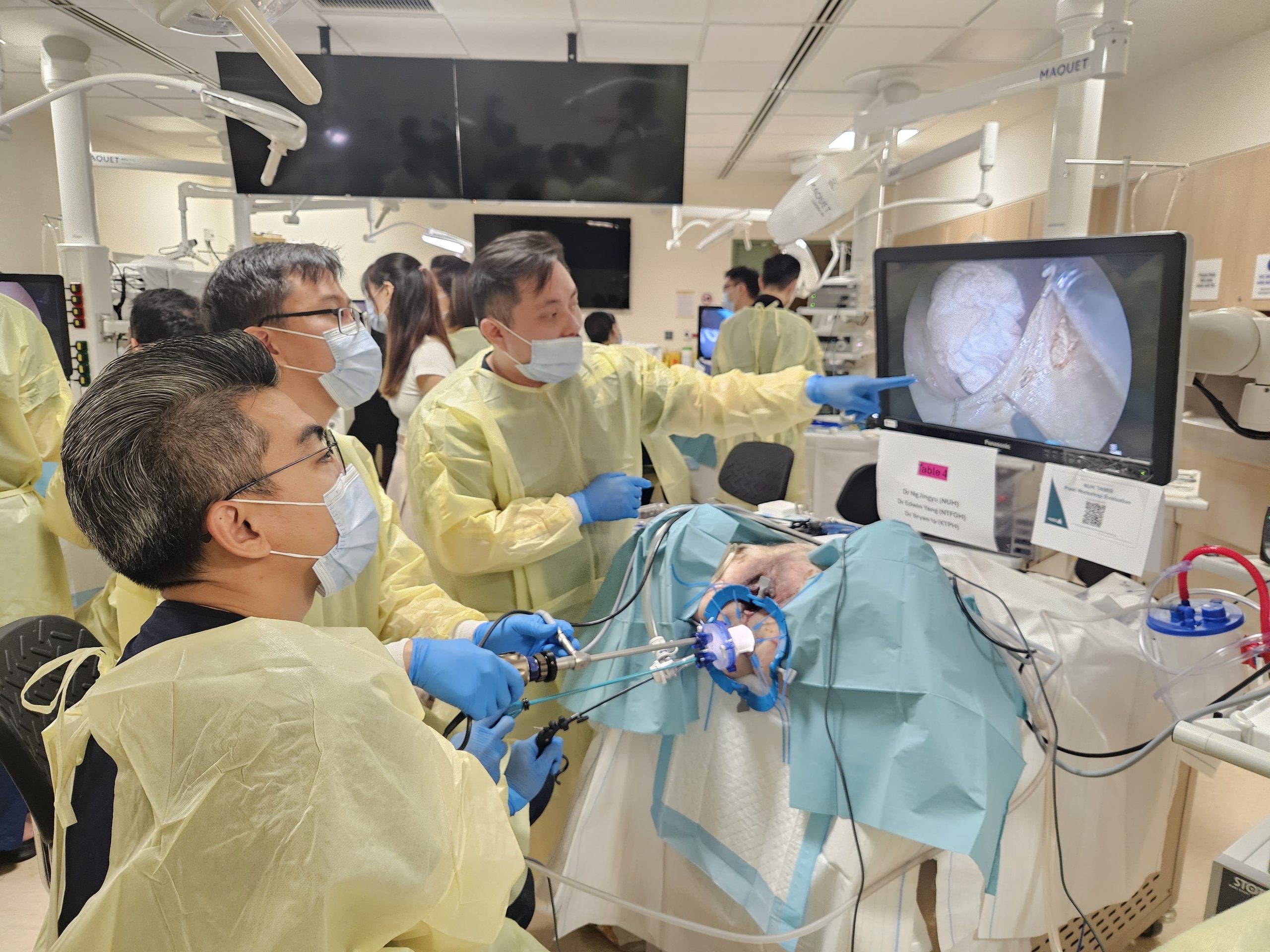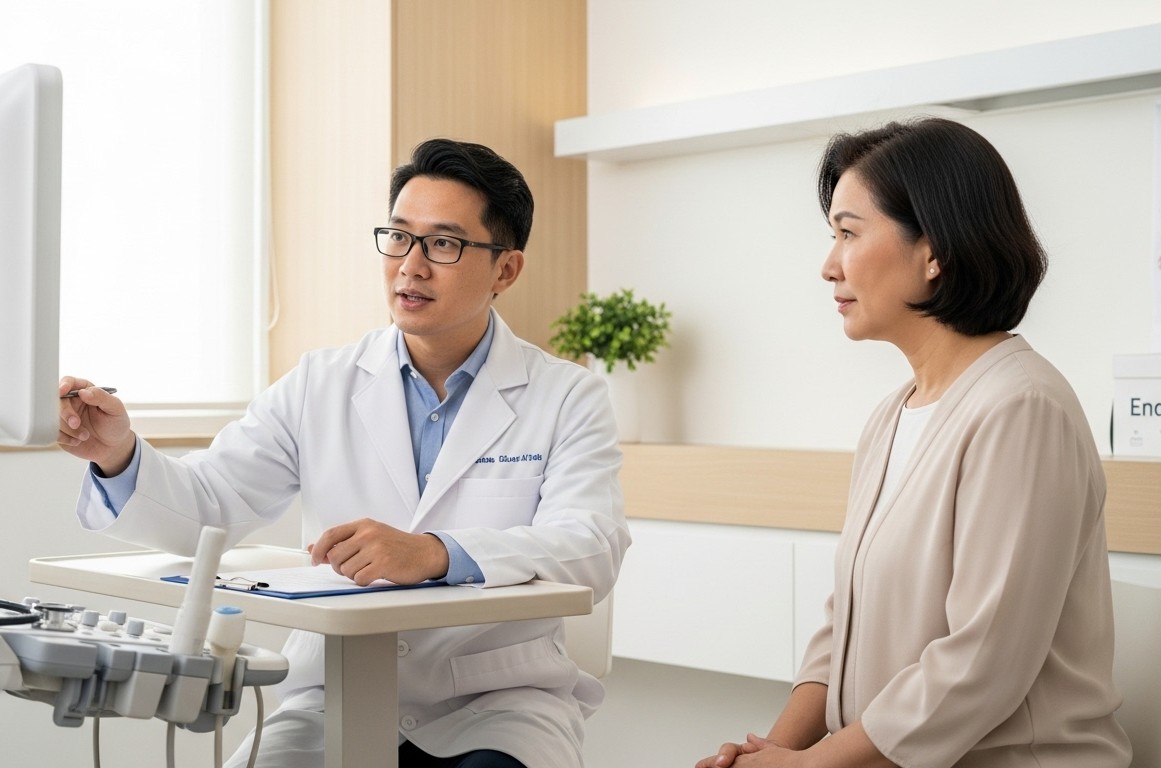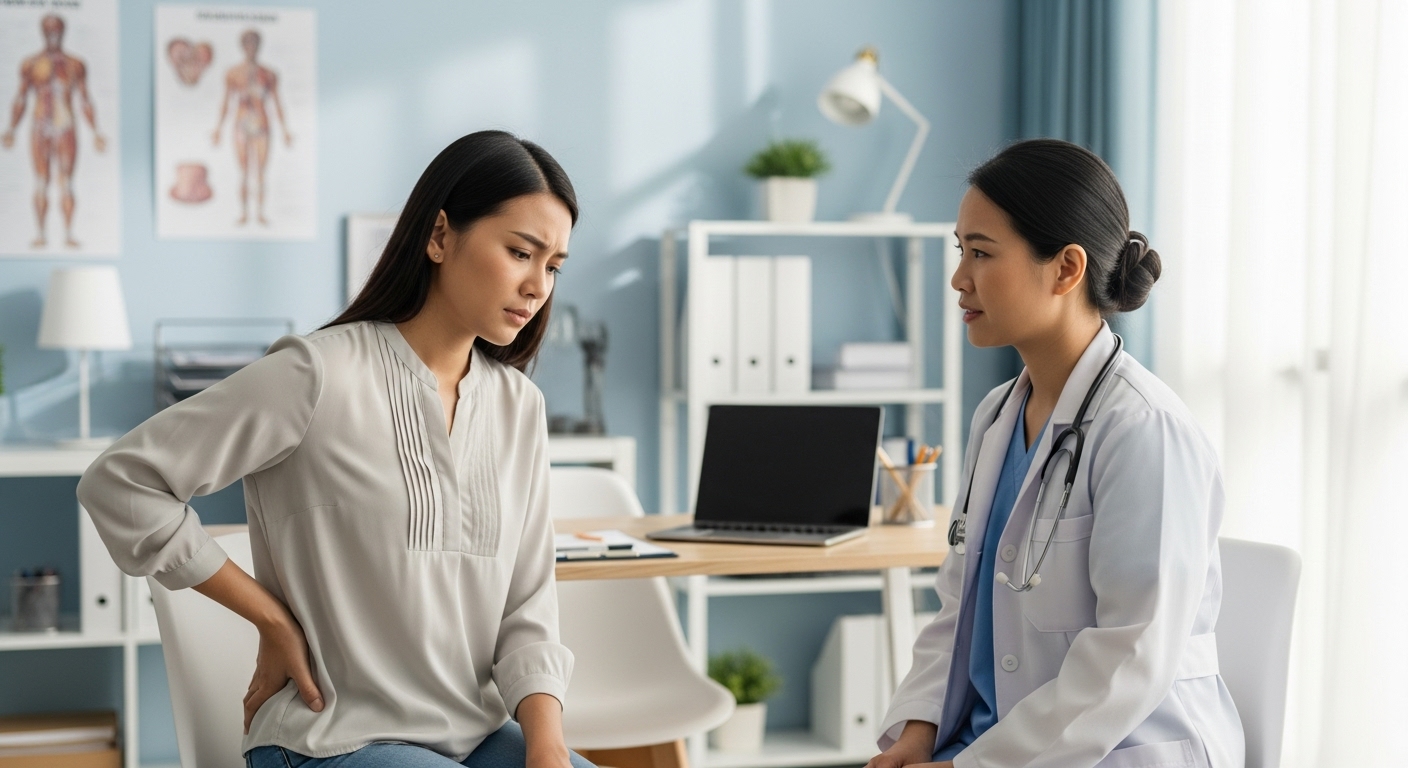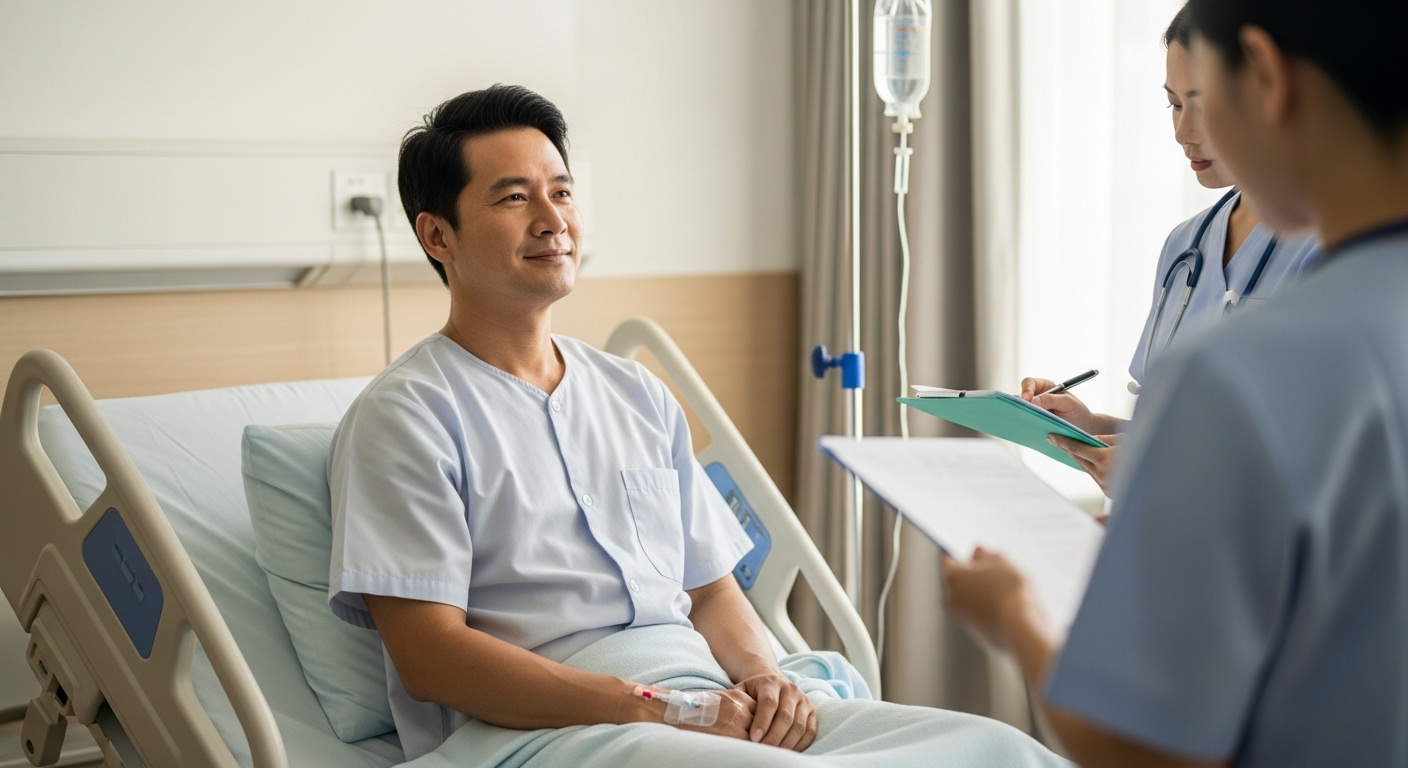Did you know that up to 85% of pregnant women develop haemorrhoids, with symptoms often persisting or worsening after delivery? Postpartum haemorrhoids develop when blood vessels in the rectal area become swollen and inflamed following childbirth. These swollen veins can appear internally within the rectum or externally around the anal opening. They cause discomfort (such as pain, itching, or bleeding) during a period when new mothers are already managing significant physical recovery.
The condition results from increased pressure on pelvic blood vessels during pregnancy and the physical strain of delivery. Haemorrhoids can occur among women after childbirth, particularly those who experienced prolonged pushing during labour or delivered larger babies. The combination of hormonal changes, constipation (difficulty passing stools), and the physical demands of caring for a newborn can complicate recovery from this condition.
Why Haemorrhoids Develop After Childbirth
The development of haemorrhoids during and after pregnancy involves multiple physiological factors. During pregnancy, the growing uterus places increasing pressure on the inferior vena cava (the large vein on the right side of your body that receives blood from the lower limbs). This pressure causes blood to pool in the veins below the uterus, including those around the rectum and anus.
Progesterone levels during pregnancy cause blood vessel walls to relax and become more prone to swelling. This hormonal effect persists into the immediate postpartum period. The pushing phase of labour creates intense abdominal pressure. This can cause existing haemorrhoids to worsen or new ones to form. Women who push for extended periods or those who deliver without epidural anaesthesia may experience more symptoms.
Postpartum constipation (difficulty passing stools) compounds the problem:
- Iron supplements commonly prescribed after delivery can cause harder stools
- Dehydration from breastfeeding reduces stool moisture
- Fear of pain during bowel movements leads some women to delay going to the toilet
- This can further harden stools and increase straining
Recognising Different Types of Postpartum Haemorrhoids
Internal haemorrhoids form inside the rectum above the dentate line (a ring of tissue inside the anus), where fewer pain nerve endings exist. You might notice bright red blood on toilet paper or in the toilet bowl after a bowel movement. These haemorrhoids can prolapse, meaning they push through the anal opening during straining.
Internal Haemorrhoid Grades:
- Grade 1: Remain inside the rectum
- Grade 2: Prolapse during bowel movements but retracts spontaneously
- Grade 3: Prolapse may require manual reduction back into the rectum (they may need to be gently pushed back in)
- Grade 4: Cannot be pushed back inside
External haemorrhoids develop under the skin around the anus, where numerous pain receptors (nerve endings that sense pain) exist. They appear as soft lumps or swollen areas around the anal opening. These haemorrhoids can become thrombosed when blood clots form inside them. This causes a firm, painful lump that appears purple or blue. Thrombosed haemorrhoids cause pain that peaks within a short period before gradually improving.
Mixed haemorrhoids involve both internal and external components. Internal haemorrhoids prolapse whilst external ones form simultaneously.
Managing Pain and Discomfort
Sitz baths provide relief by increasing blood flow to the perineal area (the region between the vagina and anus) and reducing muscle spasms. Fill a basin with warm water just deep enough to cover the hips and buttocks when seated. Sit for a short period, several times daily, especially after bowel movements. Adding witch hazel to the water can enhance the anti-inflammatory effect.
Cold therapy can reduce swelling and numb pain. Apply ice packs wrapped in a soft cloth for brief periods at a time. Alternating between cold compresses and warm sitz baths can be beneficial. Frozen sanitary pads soaked in witch hazel provide convenient relief whilst managing postpartum bleeding.
Topical treatments containing hydrocortisone (a medication that reduces inflammation) can reduce inflammation and itching. Lidocaine-based creams (medications that temporarily numb the area) provide temporary numbing relief. Apply these medications with clean fingers or cotton swabs after bowel movements and before bed. Suppositories deliver medication directly to internal haemorrhoids.
Positioning during bowel movements can reduce strain. Place your feet on a small stool whilst sitting on the toilet to achieve a squatting position. This alignment straightens the rectum and reduces the need to push. Avoid sitting on the toilet for extended periods, as this increases pressure on haemorrhoids.
Dietary Modifications for Relief
Fibre intake directly affects stool consistency and ease of passage. Soluble fibre from oats, beans, and fruits softens stools by absorbing water. Insoluble fibre from whole grains and vegetables adds bulk, helping stimulate regular bowel movements. Gradually increase fibre intake to avoid gas and bloating.
Specific foods provide targeted benefits:
- Prunes contain sorbitol, a natural sugar alcohol that draws water into the intestines
- Kiwi fruit contains actinidin, an enzyme that helps break down proteins and supports digestion
- Papaya provides papain, an enzyme that aids protein digestion and helps reduce constipation
- Ground flaxseeds mixed into yoghurt or smoothies provide omega-3 fatty acids, healthy fats that help reduce inflammation, whilst adding fibre
Hydration is essential for breastfeeding mothers. Drink water before and after each nursing session. Monitor urine colour, pale yellow indicates adequate hydration, whilst dark yellow may indicate you need more fluids. Warm liquids, such as herbal teas and broths, may stimulate bowel movements more effectively than cold drinks.
Avoid foods that worsen symptoms:
- Spicy foods can irritate haemorrhoids during elimination
- Processed foods lack fibre and often contain excessive sodium which promotes fluid retention
- Caffeine and alcohol have diuretic effects. They increase urination, which can contribute to dehydration and harder stools
Safe Treatment Options Whilst Breastfeeding
Oral medications require careful consideration during breastfeeding. Paracetamol (a common pain reliever) can provide pain relief when used as directed. Bulk-forming laxatives like psyllium husk (a natural fibre supplement that softens stool) don’t absorb into the bloodstream. They are safe for nursing mothers. Stool softeners containing docusate sodium help prevent straining without causing dependency.
Prescription treatments may be necessary for severe symptoms. Phlebotonics, such as diosmin (medications that strengthen vein walls and reduce swelling), can reduce inflammation and improve venous tone. These medications have minimal transfer into breast milk when used for short-term treatment. More potent topical steroids require medical supervision. However, healthcare providers can recommend appropriate application techniques that minimise systemic absorption (the amount of medication that enters your bloodstream through the skin).
Natural remedies offer additional options:
- Aloe vera gel can soothe external haemorrhoids when applied directly. Pure gel must be without added alcohol or fragrances.
- Coconut oil can provide moisturising and mild anti-inflammatory properties.
- Horse chestnut extract, available as topical preparations, can strengthen blood vessel walls.
Prevention Strategies for Future Pregnancies
Pelvic floor exercises during pregnancy strengthen the muscles that support the rectum. Perform Kegel exercises by tightening your pelvic muscles as though you’re trying to stop the flow of urine. Hold for several seconds, then relax for about twice as long. Repeat multiple times, several times daily. These exercises also support recovery after vaginal delivery.
Weight management during pregnancy reduces excess pressure on pelvic veins. Follow your healthcare provider’s guidelines for healthy weight gain based on your pre-pregnancy BMI (body mass index, which measures your weight in relation to your height). Regular, moderate exercise, such as swimming or prenatal yoga, improves circulation and helps prevent constipation.
Sleeping position affects venous return (the flow of blood back to your heart). Lie on your left side to reduce pressure on the inferior vena cava (the large vein that carries blood from your lower body to your heart). Place a pillow between your knees for comfort and spine alignment. Avoid lying flat on your back, especially during the third trimester.
Labour positioning and breathing techniques influence haemorrhoid development. Work with your birthing team to use positions that reduce rectal pressure. Controlled breathing during pushing phases helps prevent excessive straining (bearing down too forcefully). Consider perineal massage (gentle stretching of the tissue between the vagina and anus) during late pregnancy to increase tissue flexibility.
Daily Management Techniques
- Establish a toilet routine: Go immediately when you feel the urge. Delaying hardens stools and increases the straining required for elimination.
- Use appropriate hygiene methods: Pat the area dry after bowel movements instead of wiping. Consider using a peri-bottle (a small squeeze bottle) filled with warm water for cleansing.
- Wear loose, breathable clothing: Choose cotton underwear and avoid tight-fitting trousers that restrict blood flow to the pelvic area.
- Practise stress reduction: Tension increases muscle tightness around the rectum. Incorporate deep breathing exercises during feeding sessions.
- Modify daily activities: Stand and walk periodically if you spend extended periods sitting whilst nursing. Use a doughnut cushion when sitting becomes uncomfortable.
When to Seek Professional Help
- Bleeding that soaks more than one pad per hour or contains clots
- Severe pain that prevents sitting or walking comfortably
- Haemorrhoids that don’t improve after a couple of weeks of home treatment
- Signs of infection, such as fever, increasing pain, or pus discharge
- Prolapsed haemorrhoids that cannot be gently pushed back inside
- Faecal incontinence, which is the inability to control bowel movements
- A hard lump near the anus that becomes increasingly painful
Commonly Asked Questions
How long do postpartum haemorrhoids typically last?
Mild haemorrhoids often improve within a few weeks after delivery as hormone levels normalise and tissues heal. Moderate cases may persist for several months, particularly if constipation continues. Severe haemorrhoids or those complicated by thrombosis may require medical intervention for resolution.
Can haemorrhoids affect my ability to have a bowel movement?
Haemorrhoids can create a sensation of incomplete evacuation. They may also cause spasm of the anal sphincter. This leads some women to avoid bowel movements, worsening constipation. Using stool softeners and proper positioning techniques helps maintain regular elimination despite discomfort.
Will haemorrhoids from my first pregnancy return with subsequent pregnancies?
Previous haemorrhoids increase the likelihood of recurrence in future pregnancies. The blood vessels remain weakened and more susceptible to swelling. Starting preventive measures early in subsequent pregnancies can help reduce severity. Your healthcare provider can help you develop a tailored plan based on your history and individual risk factors.
Is it normal for haemorrhoids to bleed during breastfeeding?
Hormonal changes during breastfeeding can affect tissue healing and blood vessel integrity. Minor bleeding during bowel movements is common. Persistent or heavy bleeding requires medical evaluation to rule out other conditions.
Can exercise make postpartum haemorrhoids worse?
Gentle exercise improves circulation and helps prevent constipation. Avoid heavy lifting, intense abdominal exercises, and prolonged squatting until haemorrhoids heal. Walking and pelvic tilts provide ways to support recovery.
Next Steps
Effective management combines dietary modifications, proper hygiene, and appropriate topical treatments. Most cases improve with consistent self-care within several weeks. A professional evaluation is necessary when symptoms persist beyond this timeframe or significantly impact daily functioning.
If you’re experiencing persistent rectal pain, bleeding during bowel movements, or prolapsed haemorrhoids that won’t resolve with home treatment, consult a colorectal surgeon for evaluation and specialised treatment options.




